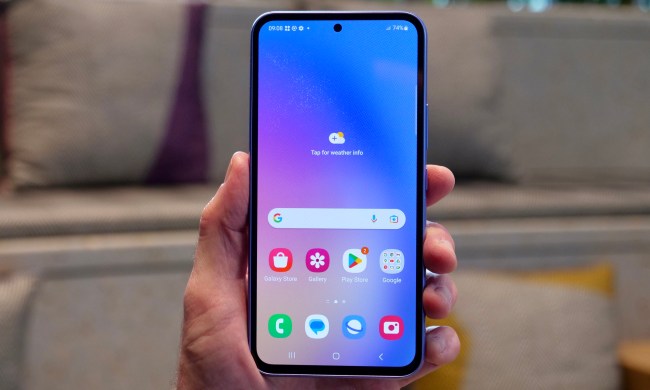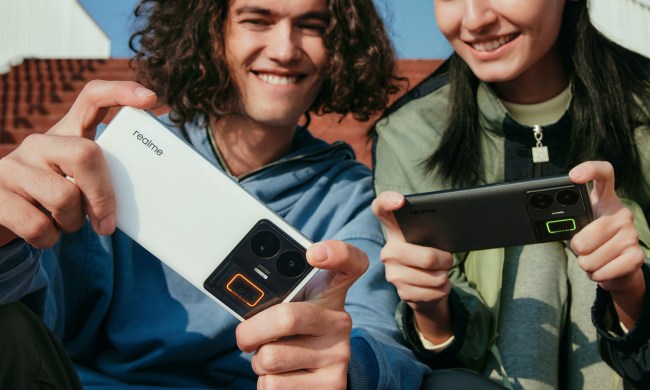
Qualcomm says it’s an industry first, and it comes at a time when more manufacturers are choosing to make devices with bodies made of something other than plastic, in an effort to grab some of the premium market. The HTC One M9, the ZTE Axon, Huawei’s P8, and the Apple iPhone can’t feature wireless charging, even if the makers wanted to.
The system uses Qualcomm’s WiPower charging technology, and the metal-bodied phone recharging system isn’t the only benefit. WiPower wireless power pads can charge hardware that’s not actually in contact with the surface, and by using Bluetooth Smart, can send the correct amount of power to multiple devices with different charging requirements. In other words, if one device can accept a higher amount of energy than another, the charger will step up the power and recharge it faster.

Sounds great, right? It is, but this is the world of wireless charging, where despite the tech trying to make life simpler, there’s an ongoing standards battle to make life difficult again. Qualcomm’s WiPower system is compatible with the Rezence wireless charging standard, which is backed by the Alliance for Wireless Power (A4WP) organization. It’s not the same as the competing Qi standard backed by the Wireless Power Consortium.
Annoyingly, this cuts down the number of companies willing to use the new technology. However, we can hope the allure of incorporating wireless charging into a premium metal phone proves irresistible. Apple, for example, hasn’t embraced wireless charging yet. Now there’s at least an option available, should it want to make the effort.
Qualcomm has made the new technology available to WiPower licensees today, but there have been no announcements regarding when we’ll see it in use.



